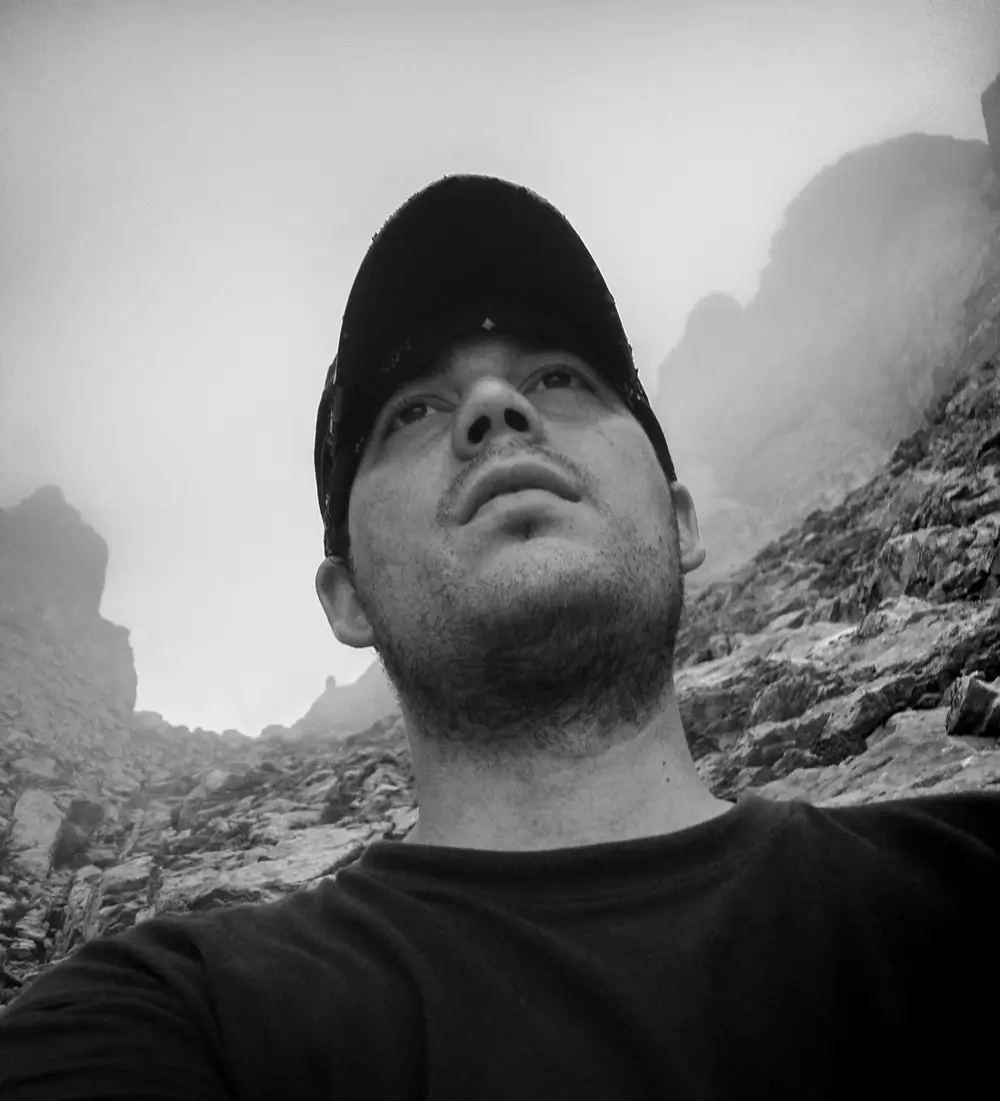My name is Apostolos Kaloudis, and I'm an adventurer. I consider myself as an adventurer/explorer, rather than a photographer. When I was studying Medieval History, I was amazed by stories and details of military campaigns. Something that impassioned me later to go out and explore remote lands, such as the Silk Road, the vast Steppes & deserts of Central Asia & northern China or even former Himalayan Kingdoms.
In 2015, I ve joined the National Geographic Photography Community (natgeoyourshot), a great "school of photography".
Children of the Central Asian revolt of 1916
For thousand of years, pastoral & nomadic tribes lived across the northern steppes from Eurasia to China.This physical isolation allowed to some of them like the Kazakhs and Kyrgyz to preserve many of their oldest traditions, including the 4.000-year old art of eagle hunting. It wasn t always easy to maintain their ancestral traditions. When the Russian Empire began expanding into Central Asia during the second half of the 19th century it imposed a colonial regime upon the people of Central Asia. The attempts to settle and assimilate the nomadic tribes, the rampant corruption of the Russian colonial regime and Tsarist colonialism in all its economic, political, religious, and national dimensions are all seen as the contributing causes to an anti-Russian uprising in 1916 by the indigenous inhabitants of Central Asia. The revolt was put down with the utmost savagery, and more than hundred of thousands Kazakhs & Kyrgyz are said to have sought refuge across the Chinese and Mongolian frontiers. For the remaining Kazakhs & Kyrgyz, under the Soviet rule during the 1920s & 1930s, marked one of the darkest pages in their history.
This project represent the diaspora of Kazakhs that found refuge after the events of 1916 in Western Mongolia, and managed to keep their millenniums-old traditions alive. In the future I wish to expand the project till Xinjiang China, & cover the smaller comunities in Kyrgyzstan & Kazakhstan.
